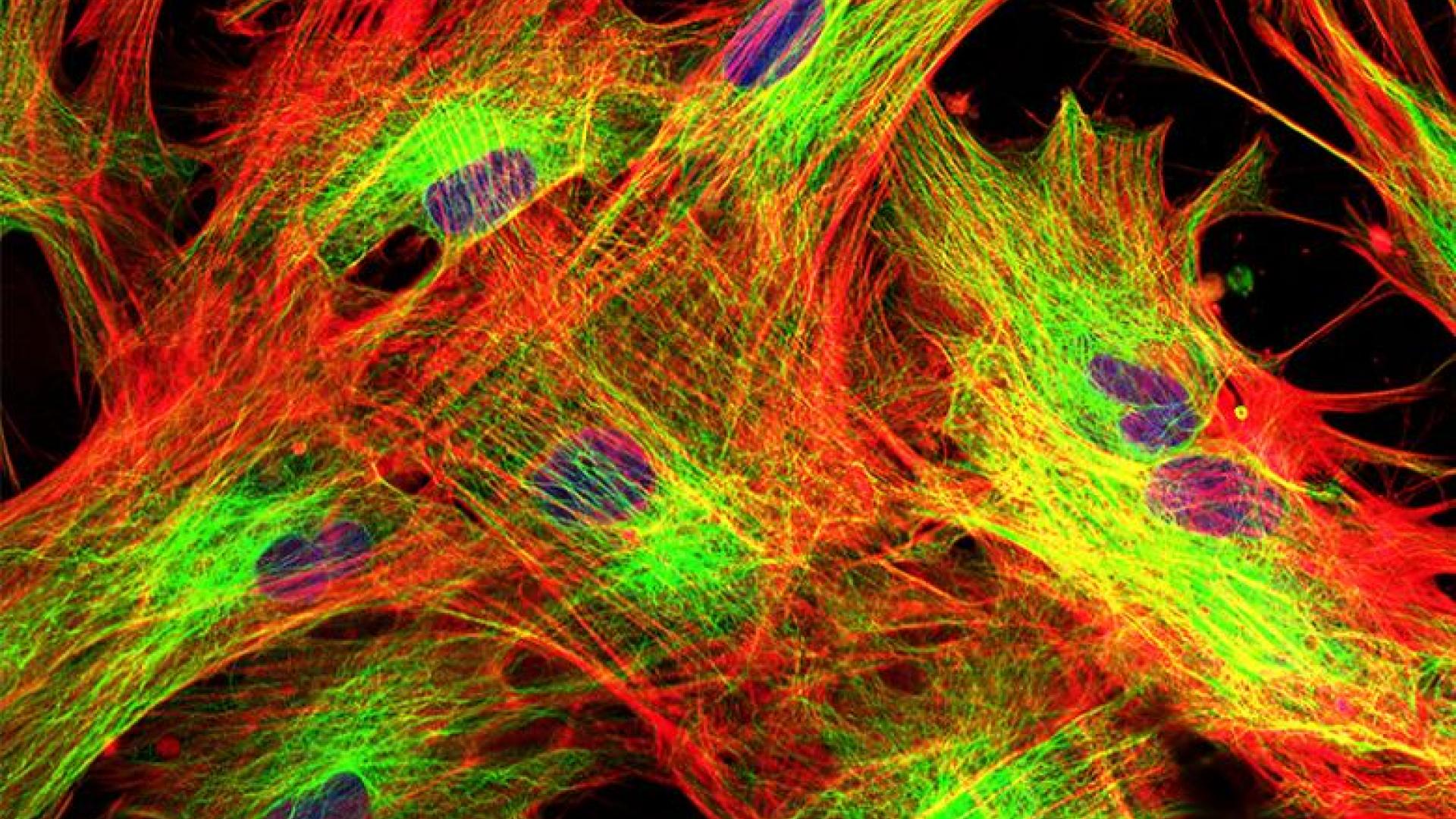
Learn about the medication, laser, and surgical options for the treatment of closed-angle glaucoma.
The goal of closed-angle glaucoma treatment is similar to open-angle glaucoma treatment in that both target lowering the eye pressure, whether that be through medications, laser, or surgery. However, there are some major differences in treatment that are related to the mechanisms of these two categories of glaucoma. In this article, we will discuss new information regarding the treatment of primary angle closure and primary angle-closure glaucoma. The treatment of acute angle-closure glaucoma is discussed in a previous article.
First, some definitions may help this discussion.
- Primary angle-closure suspects are people in whom the drainage angle is narrow, but the eye pressure is normal and there is no evidence of glaucoma (damage to the optic nerve).
- Primary angle closure is defined by a drainage angle that is narrow and the eye pressure is elevated above normal.
- Primary angle-closure glaucoma describes a condition similar to primary angle closure, but in addition to the elevated eye pressure, there is evidence of damage to the optic nerve that is consistent with glaucoma. On the other hand, primary open-angle glaucoma describes a condition in which the drainage angle is open and there is evidence of damage to the optic nerve consistent with glaucoma.
| Drainage Angle | Eye Pressure | Evidence of Glaucoma | |
|---|---|---|---|
| Primary angle-closure suspects | Narrow | Normal | No |
| Primary angle-closure | Narrow | Elevated | No |
| Primary angle-closure glaucoma | Narrow | Elevated | Yes |
What is the Drainage Angle?
The angle can be thought of as the angle between the iris and the cornea. This drainage angle wraps 360 degrees around the circumference of the front part of the eye. The video below provides a very good representation of the eye’s “angle.”
Video: Angle-Closure Glaucoma
Treatment for Closed-Angle Glaucoma
Eye Drops
In both the open-angle and closed-angle forms of glaucoma, eye drops are used to lower eye pressure and can be effective in managing both categories of glaucoma.
Laser Treatment
For laser treatments, while laser trabeculoplasty can be used to treat open-angle glaucoma, it typically cannot be used in closed-angle glaucoma. Instead, a different type of laser procedure, called laser iridotomy, is used to treat primary angle-closure suspects, primary angle-closure, and primary angle-closure glaucoma. It is important to understand that an essential goal of laser iridotomy is to prevent an acute angle-closure glaucoma attack.
Surgery
In addition to medication and laser, surgery can be successful in treating both open-angle and closed-angle glaucoma. These surgeries include trabeculectomy, glaucoma drainage device (tube shunt), and cyclophotocoagulation, among others. There are definitely nuances in the types of surgeries that your ophthalmologist may recommend depending on your type of glaucoma, which is beyond the scope of this article.
However, one significant difference between the surgical treatment of open-angle and closed-angle glaucoma is the role of cataract surgery. Recent research, called the EAGLE study (Effectiveness in Angle-Closure of Lens Extraction), examined whether laser iridotomy or cataract surgery to remove the lens is more effective in these conditions. Why cataract surgery? The lens often plays an important role in causing progressive angle narrowing in patients. This is because the lens sits behind the iris, and as it thickens as we get older, the drainage angle can slowly narrow over time. This is why primary angle-closure suspects should be followed over time, because the condition is not static.
Prior to this study, it had been known that patients with cataract (cloudy lens) and primary angle-closure or primary angle-closure glaucoma benefited from cataract surgery, but it was not known whether patients who did not have any evidence of cataract should undergo laser iridotomy or removal of the clear lens as first-line treatment.
The EAGLE study was a multicenter, international, randomized clinical trial that included 155 patients with primary angle closure and 263 patients with primary angle-closure glaucoma (mild to moderate stage), ages 50 and older who did not have cataract. Patients were randomly selected for laser iridotomy or clear lens removal (which is a cataract surgery). The results of the study demonstrated that clear lens removal was actually more effective at lowering eye pressure and resulted in higher quality of life compared to laser iridotomy. This finding really challenged current practice for patients with primary angle-closure or primary angle-closure glaucoma who do not have cataract.
Of course, it is important to remember that your individual situation may be very different from the types of patients who were enrolled in this study. Therefore, it will be important to discuss with your ophthalmologist the optimal treatment plan for your closed-angle glaucoma.
About BrightFocus Foundation
BrightFocus Foundation is a premier global nonprofit funder of research to defeat Alzheimer’s, macular degeneration, and glaucoma. Since its inception more than 50 years ago, BrightFocus and its flagship research programs—Alzheimer’s Disease Research, Macular Degeneration Research, and National Glaucoma Research—has awarded more than $300 million in research grants to scientists around the world, catalyzing thousands of scientific breakthroughs, life-enhancing treatments, and diagnostic tools. We also share the latest research findings, expert information, and resources to empower the millions impacted by these devastating diseases. Learn more at brightfocus.org.
Disclaimer: The information provided here is a public service of BrightFocus Foundation and is not intended to constitute medical advice. Please consult your physician for personalized medical, dietary, and/or exercise advice. Any medications or supplements should only be taken under medical supervision. BrightFocus Foundation does not endorse any medical products or therapies.
- Glaucoma Surgery
- Treatments









